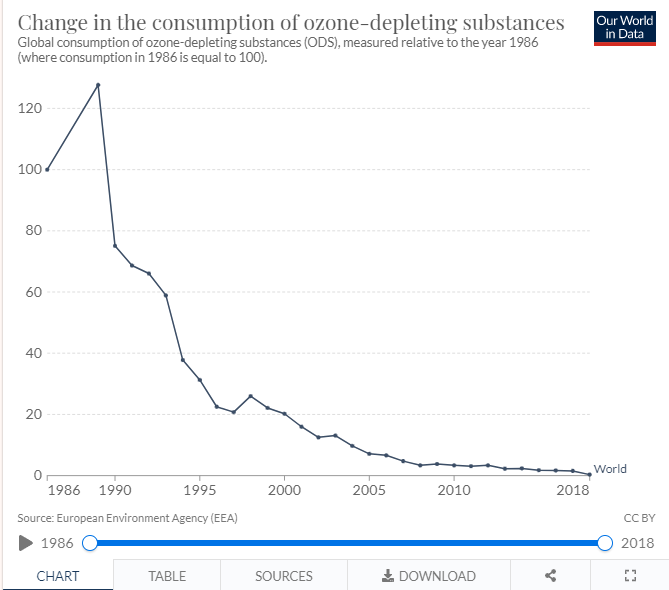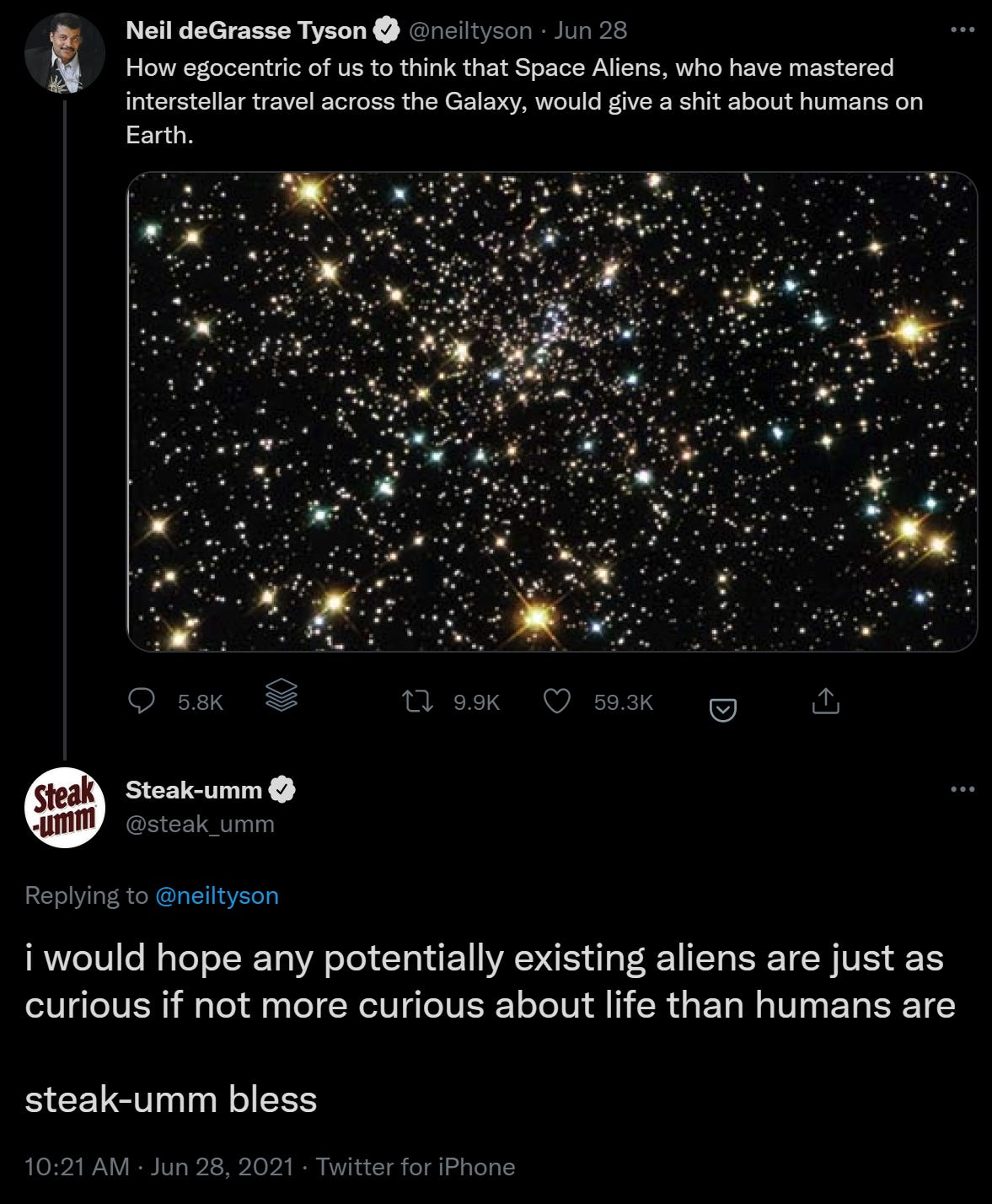Sunday Reads #129: How this guy built two $100Bn+ businesses in 10 years.
Frank Slootman's Playbook for repeatable B2B success.
Welcome to the latest edition of Sunday Reads, where we look for cheat codes to life, business, and careers (sometimes we even find them!).
If you’re new here, don’t forget to check out some of my best articles: The best of Jitha.me. I’m sure you’ll find something you like.
And here’s the last edition of my newsletter, in case you missed it: Sunday Reads #128: What I learnt from Shaan Puri's $1000 course..
This week, let’s talk about Frank Slootman. He built Snowflake and ServiceNow (both $100Bn+ companies). And before that, he sold another company for $2.4Bn.
What’s his secret? What’s the playbook for building B2B behemoths?
PS. Do subscribe if you haven’t 😊.
1. Frank Slootman and the secret of repeatable B2B success.
Frank Slootman is the CEO of Snowflake, which went public 12 months ago (current market cap: ~USD 100Bn). A massive, massive home run.
But it's not his first home run.
Before Snowflake, Slootman was the CEO of Data Domain (sold to EMC for $2.4Bn) and ServiceNow (he took it public in 2012, current market cap is $128Bn).
What's his secret to repeatable, gigantic success?
He talks about it in his article, Amp It Up!.
His main insight was: Every organization has a ton of slack in the system. There is room for a 10x increase in effectiveness, by removing this slack.
In fact, that's the role of a leader. To convert that lingering potential into superlative results.
It is breathtaking how slow, substandard and unfocused many companies out there get through the day. And think nothing of it. The lack of energy is palatable.
There is performance upside everywhere. As a leader, your opportunity is to reset in each of these dimensions. You do it in every single conversation, meeting, and encounter. You look for and exploit every single opportunity to step up the pace, expect a higher quality outcome, and narrow the plane of attack.
Then, you relentlessly follow up and prosecute at every turn. Yes, it is confrontational. That is pretty much what CEOs do all the time: confront people, issues and situations.
He would follow three principles in each of his companies, to build a "full-on performance culture".
Principle 1: Increase velocity.
One of his key principles is to establish a high speed culture.
If someone told him they'd submit a deliverable in a week, he'd retort, "How about tomorrow?".
This wasn't Glengarry Glen Ross / Devil Wears Prada style bullying, “coz I’m the BOSS”.
No, it was to set the organization's default speed to "Faster than we thought possible".
As Slootman says, when speed is all-important, people don't work faster. They do things differently. It becomes a "get shit done" culture.
Stepping up the pace doesn’t just cause people to do things faster. They start doing things differently. They become more demanding of others.
This is precisely what we want in an organization. ServiceNow had a relentless ‘get shit done’ culture and they were proud of it.
So far, so good. Move fast and break things. Right?
Well, no. Because the second principle is:
Principle 2: Raise Standards.
Now, naturally, when stepping up the pace, employees would shrug, "Sure, we can move as fast as you want. But quality won't stay the same."
To which, Slootman's response would be, "Yes, of course quality can't stay the same. It should be higher!"
Wait, what?
When stepping up the pace, inevitably excuses are made about quality. We can’t possibly move this fast, and maintain quality?
We would agree, because we are going to move faster and raise quality.
It has a compound effect on productivity. It’s not defying gravity, it’s beating reams of slack out of the system. Until the pressure is on, we don’t even know how much better and faster we can be.
At this point you're saying, yeah sure! You sound like you were lucky, Frank.
Increasing speed and raising standards at the same time - impossible!
And you'd be right, if not for the third principle.
The third leg of the stool.
How can you increase velocity and quality at the same time? By narrowing focus - the third leg of the stool.
Most teams are not focused enough. I rarely encountered a team that employed too narrow an aperture. It goes against our human grain. People like to boil oceans. Just knowing that can be to your advantage.
At the company level and as a CEO, I worked to create blinding clarity and singularity of purpose.
My job as a CEO was to increase the value of the franchise. That’s because I was appointed to work for the investors (which included our employees).
I only did things and applied resources that had a compelling line-of-sight relationship with that goal. In tech, value is a function of growth, so we ran our companies for growth, period.
The entire organization had one purpose, and Slootman made sure everyone knew what it was. Customer obsession.
And that's how they were able to move fast and raise quality at the same time.
Bottom line: There is room up in organizations to boost performance by amping up the pace and intensity.
Further Reading:
2. Golden Nugget of the week.
I tweeted this a few days ago:

If you want something, you have to go get it. Don't depend on luck.
No one will save you.
PS. Here's why I'm sharing a golden nugget every week 👇 (also wrote about it in Sunday Reads #128: What I learnt from Shaan Puri's $1000 course).

3. Optimism about the future, by looking at the past.
Will we ever be able to stop Climate Change?
While we struggle to get our act together on global warming, it's natural to hang our heads in defeat. The task in front of us, to now reverse climate change, is gargantuan.
At such a time, it's good to remember how we staved off another Climate Crisis, not that long ago.
Remember your teacher in high school telling you about the coming Ozone Layer crisis? How there's a hole in the Ozone layer over Antarctica, and it's expanding fast?
Well, that crisis never did come.
It's fascinating how we managed to coordinate across the globe, to stop using CFCs and such.
The result: The ozone hole is slowly closing again.
Of course, it's not all silver lining.
The task in front of us now is 10x harder. And we know recovery will be slow - much slower than the pace of damage.
But still, I feel a little more optimistic. Such global coordination is possible.
Read on in How we fixed the ozone layer.
Look how far we've come.
In My Ordinary Life: Improvements Since the 1990s, Gwern talks about the seen and unseen progress we've made.
Of course, you'd have seen the usual trope about how our office desks have transformed etc.
But there's the unseen as well - the far slower change that we don't see.
My grandmother casually horrified us a few years ago by going through the list of her dead siblings:
• 2 died as infants on the farm of ‘summer diarrhea’ (bovine tuberculosis from unpasteurized milk), an unremarkable fate in the area.
• 3 died in their teens–20s after moving to the city to work in textile factories.
• The rest died later.
For comparison, she lost 1 child thus far out of 5 (stillbirth), and 0% of her >12 grandchildren/great-grandchildren
It's true. The increase in life expectancy is spectacular. See this graph from Our World in Data, for instance.
Stunning, just stunning, that just 150 years ago, less than 50% of individuals reached the age of 50. (And this was in the UK; poorer countries would have been far worse).
Another factoid from Ageless, a book about life extension research:
A 20 year old today has higher odds of having a living grandmother, than of having a living mother in 1800.
!!
Of course, our work is not complete yet. As in most things:
The world is much better. The world is awful. The world can be much better. All three statements are true.
4. This made me laugh.
Watching Neil deGrasse Tyson repeatedly getting owned by a steak company makes me thankful that Twitter is still a free website.
That's it for this week! Hope you liked today’s edition. Drop me a line (just hit reply or leave a comment through the button below) and let me know what you think.
Until next time, wish you good health, safety, and sanity.
Jitha








